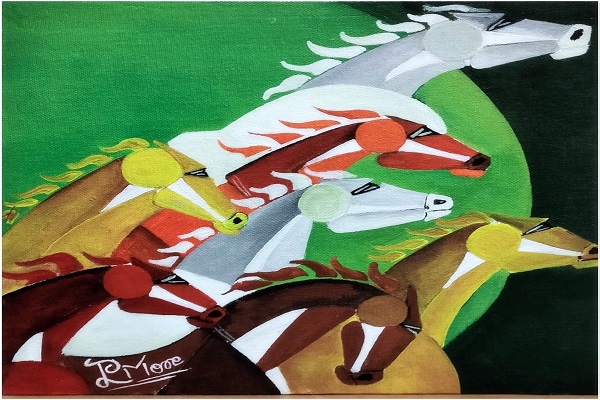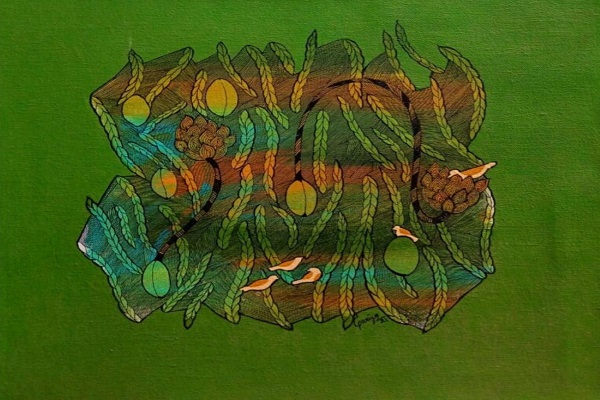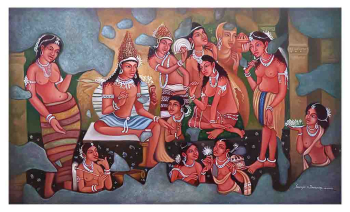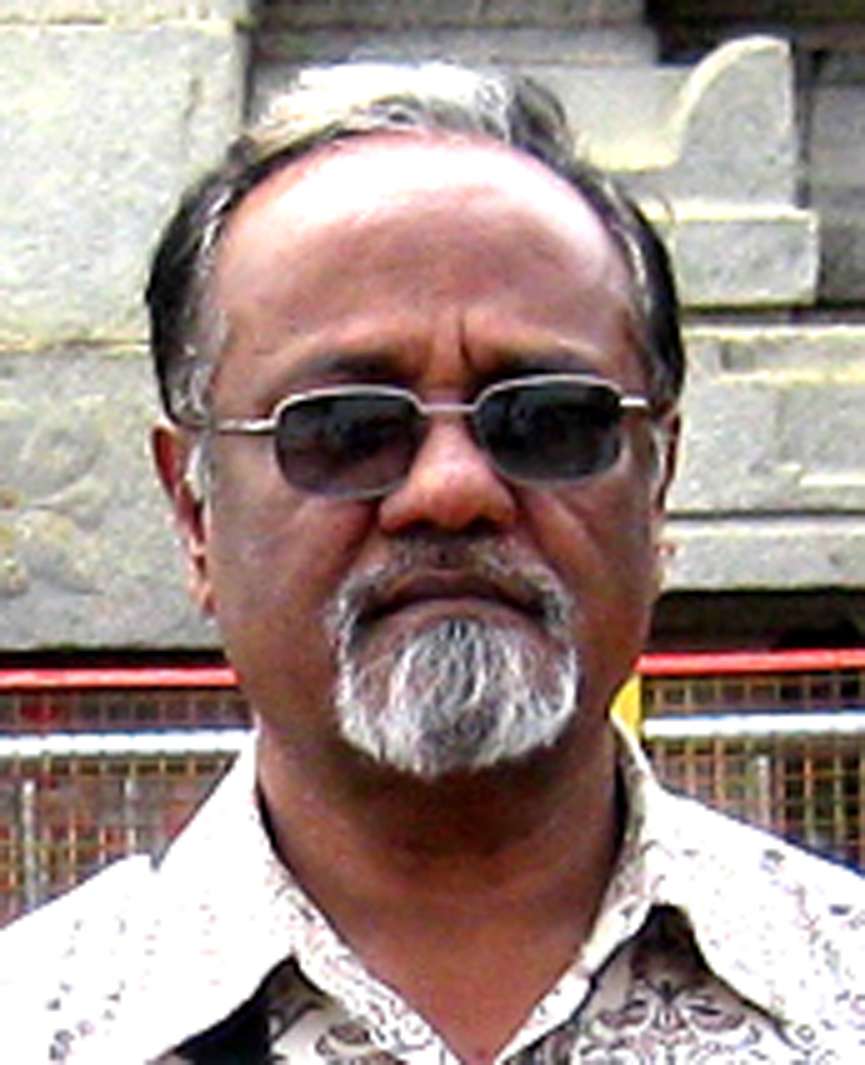
Modern and contemporary paintings- these two artistic movements, though distinct, share a symbiotic relationship that shapes the very fabric of the art world. Modern Art, characterized by the revolutionary upheaval of traditional norms, paved the way for the avant-garde spirit of Contemporary Art. The juxtaposition of these movements not only reveals the evolutionary journey of artistic expression but also highlights the interplay of tradition and innovation.
The Roots of Modern Art
In the tapestry of art history, the modern art movement stands as a vibrant thread that rewrote the narrative of creative expression. To truly appreciate its significance, let's embark on a journey through time, unraveling the historical nuances, distinct characteristics, and the profound impact of influential artists.
Historical Overview of the Modern Art Movement
The origins of modern paintings can be traced back to the late 19th century, sprouting as a reaction to the profound societal changes spurred by industrialization, urbanization, and the onset of a new era. Artists, venturing beyond the confines of established academic traditions, endeavored to encapsulate the very spirit of a world in rapid transformation.
As the 20th century unfolded, the modern art movement gained momentum. It encompasses various styles, ideologies, and a profound desire to break free from the shackles of convention. Movements like Impressionism, Cubism, and Fauvism emerged as rebellions against the established norms, introducing innovative techniques and perspectives.

Key Characteristics and Styles of Modern Art
Modern art is a kaleidoscope of diversity, characterized by a departure from realism and a newfound emphasis on subjective interpretation. Experimentation with form, color, and abstraction became the norm. Artists dared to challenge traditional techniques, paving the way for avant-garde styles that would redefine the artistic landscape.
Cubism, pioneered by Pablo Picasso and Georges Braque, shattered traditional notions of representation by presenting multiple viewpoints simultaneously. Meanwhile, Wassily Kandinsky's abstract art sought to convey emotions and ideas through non-representational forms. The vibrant colors and bold strokes of Fauvism, led by Henri Matisse, added another layer to the evolving tapestry of modern paintings.
Influential Artists and Their Contributions
No discussion of modern art is complete without acknowledging the trailblazers who shaped its course. Vincent van Gogh's passionate brushstrokes and emotional intensity left an indelible mark on Post-Impressionism. The iconic Salvador Dalí, a leader of the Surrealist movement, infused dreamlike elements into his works, challenging the boundaries of reality.
Georgia O'Keeffe was celebrated for her precision in capturing the essence of nature, and Marcel Duchamp, a provocateur with his ready-made, further expanded the boundaries of artistic expression. Each artist, in their unique way, contributed to the tapestry of modern paintings. They leave an enduring legacy that continues to inspire and provoke thought.
The Rise of Contemporary Art
Contemporary art stands as a dynamic and captivating force, representing the pulse of our modern society. Let's begin a quest to grasp its core.
Definition and Characteristics of Contemporary Art
Contemporary paintings, by its very nature, defies rigid definition. It is a reflection of the present moment, encompassing diverse mediums and forms of expression. Rather than adhering to a specific style, contemporary art embraces the freedom to experiment. Thus pushing boundaries and challenging conventional norms. It often explores the intersection of various disciplines, including technology, politics, and culture. Thus creating a multifaceted narrative that mirrors the complexity of contemporary life.
Contemporary art is characterized by its openness to interpretation, encouraging viewers to engage in a dialogue with the artwork and derive personal meanings. This fluidity and inclusivity make it a dynamic and ever-relevant movement in the art landscape.
Emergence and Evolution of Contemporary Art

The origins of contemporary paintings can be mapped back to the mid-20th century, spurred by reactions to shifts in social, political, and technological landscapes. It surfaced as a breakaway from the constraints of modernist traditions, opting instead for an artistic expression characterized by inclusivity and diversity.
The evolution of contemporary Art is marked by a rejection of established norms and a willingness to explore new mediums. With the advent of globalization and the digital age, artists found unprecedented avenues for creative exploration. This evolution not only expanded the scope of artistic expression but also democratized access to art, fostering a global dialogue.
Notable Contemporary Artists and Their Impact
A myriad of talented artists has played a pivotal role in shaping the narrative of contemporary paintings. Banksy, with his thought-provoking street art, challenges societal norms and provokes critical reflection. Ai Weiwei, a prominent figure in the contemporary art scene, blends activism with artistic expression, addressing pressing global issues.
The impact of contemporary artists extends beyond galleries and museums, influencing societal conversations and inspiring change. Yayoi Kusama's immersive installations, for example, captivate audiences worldwide and redefine the relationship between art and the viewer.
Interesting Blog: Riveting Modern Art Paintings that Define the Genre
Commonalities between Modern and Contemporary Art
Art, a dynamic mirror reflecting the spirit of its time, has witnessed two influential movements in the form of modern and contemporary paintings. Despite their apparent differences, a closer look reveals intriguing commonalities that thread through the fabric of these distinct epochs.
A Shared Embrace of Innovation
Both modern and contemporary art share a relentless pursuit of innovation. Modern artists, during the early 20th century, broke away from traditional norms, embracing new materials and techniques. Similarly, contemporary artists continue this trend, pushing boundaries with evolving mediums, multimedia installations, and digital art.
The Language of Abstraction

Abstraction serves as a unifying language between the two movements. Modern artists, like Wassily Kandinsky, introduced abstract elements, freeing art from literal representation. In the contemporary realm, abstraction thrives, offering artists a versatile platform to convey complex emotions and concepts.
Social Commentary and Activism
A striking commonality lies in the inclination of both movements towards social commentary. Artists from the Modern era engaged with the tumultuous events of their time, capturing the shifts in society and the turbulence of political landscapes. Similarly, contemporary artists leverage their artistic expressions as a means of activism, directing their focus toward pressing issues such as climate change, questions of identity, and the pursuit of social justice.
Fluidity of Styles and Movements
Modern and contemporary paintings defies rigid categorization, displaying a fluidity of styles. The lines between movements blur as artists draw inspiration from diverse sources. Cubism, surrealism, and pop art in the modern era find echoes in the eclecticism of contemporary art, where artists freely blend styles and genres.
Embracing Individualism
Both movements champion the individual artist's voice and vision. Modern artists, such as Frida Kahlo or Jackson Pollock, celebrated individual expression. In the contemporary scene, this emphasis persists, with artists using their unique perspectives to challenge conventions and forge new paths.
Integration of Technology
As technology advanced, so did the art world. Modern artists embraced photography and industrial materials. In the contemporary era, the digital age has brought forth new mediums like video art, virtual reality, and interactive installations, reflecting the ever-evolving relationship between art and technology.
Navigating the Transition from Modern to Contemporary
The transition from modern to contemporary paintings marks a fascinating journey through time, style, and ideology. Understanding this evolution is like unraveling the threads that connect the rich tapestry of art history.
The Modern Canvas
At the outset, Modern paintings, spanning the late 19th to mid-20th century, rebelled against traditional norms. Artists like Picasso and Kandinsky embraced abstraction, challenging established conventions. The use of new materials and techniques defined this era, reflecting the social upheavals of the time.
Catalysts of Change
Modern art responded to industrialization, wars, and societal shifts. The avant-garde movements, from Cubism to Surrealism, captured the zeitgeist. Thus pushing boundaries and redefining artistic norms. The era set the stage for experimentation, laying the groundwork for what was to come.
The Birth of Contemporary Expression
- contemporary.jpg)
As the mid-20th century unfolded, the baton passed to contemporary paintings, characterized by a departure from fixed styles. This era embraced diversity, welcoming various forms of expression. Pop Art, Abstract Expressionism, and Minimalism emerged, reflecting a globalized world undergoing rapid change.
The Interplay of Influences
The transition wasn't a clean break but a fluid continuum. Contemporary artists, inspired by their modern predecessors, blended elements seamlessly. The echoes of modernism resonate in the bold strokes of contemporary canvases, creating a bridge between the two movements.
Beyond Aesthetics
While modern paintings often emphasized aesthetics and skill, contemporary art shifted focus towards concepts and ideas. Artists like Yoko Ono and Joseph Beuys introduced performance and conceptual art. They challenge the traditional role of the artist and engage the viewer on a conceptual level.
Technology and Globalization
The advent of technology and globalization further blurred the lines between modern and contemporary. Artists embraced new media, reflecting the interconnectedness of the modern world. The internet became a canvas, democratizing art and enabling a more inclusive dialogue.
Challenges and Debates
The transition hasn't been without challenges. Some argue that the essence of modern paintings is diluted in the vast landscape of contemporary expression. Debates around preserving authenticity while embracing innovation underscore the complexities of this artistic shift.

Read More: Discover the Perfect Piece of Contemporary Paintings for Your Home
Wrapping Up
From the rebellious spirit of modern paintings to the boundless diversity of contemporary expression, the artistic journey is a dynamic continuum. Modern artists, driven by societal upheavals, birthed movements that shattered conventions. Contemporary artists, inheritors of this legacy, seamlessly integrated the past into their canvases, creating a rich tapestry of expression. The fluid transition between these realms reveals the interconnectedness of artistic epochs, where innovation thrives on the shoulders of tradition.
At Indian Art Ideas, we invite you to embark on a journey through the colors, textures, and narratives that define modern and contemporary paintings.
Get in contact with IndianArtIdeas immediately to add a touch of beauty to your home: https://indianartideas.in/contact-us





















